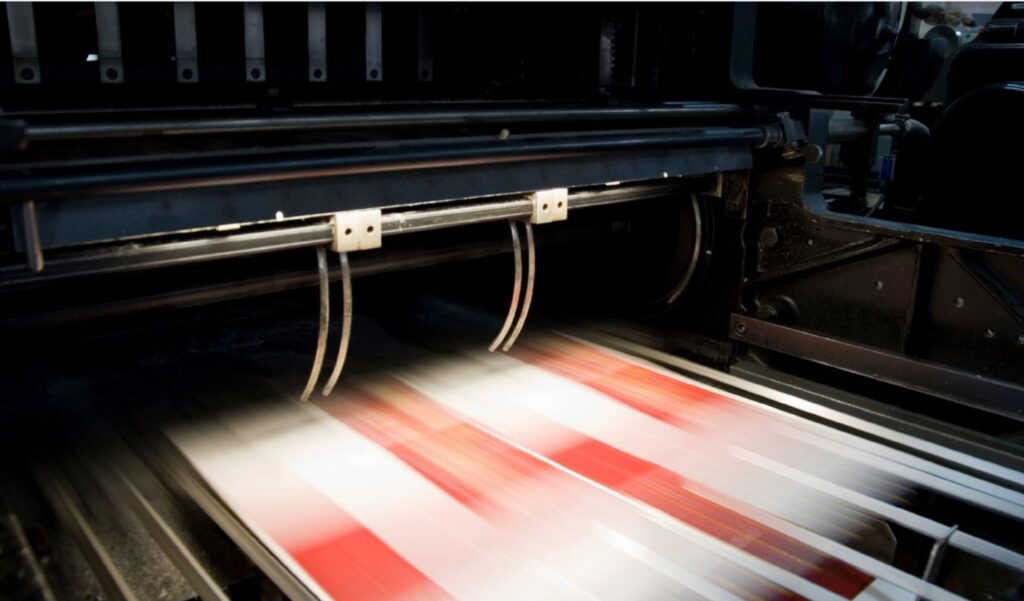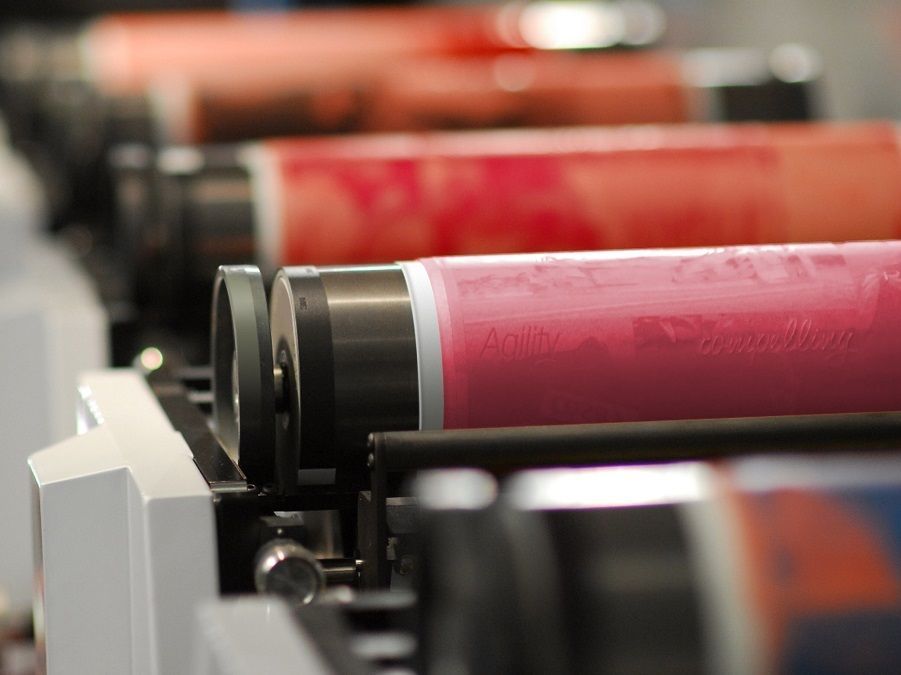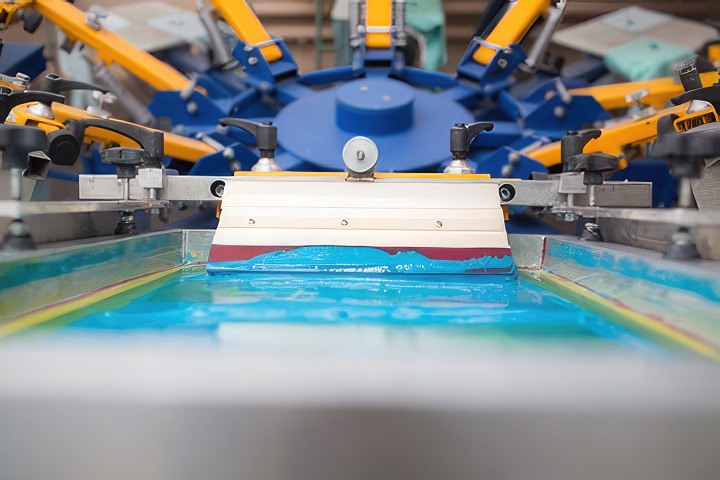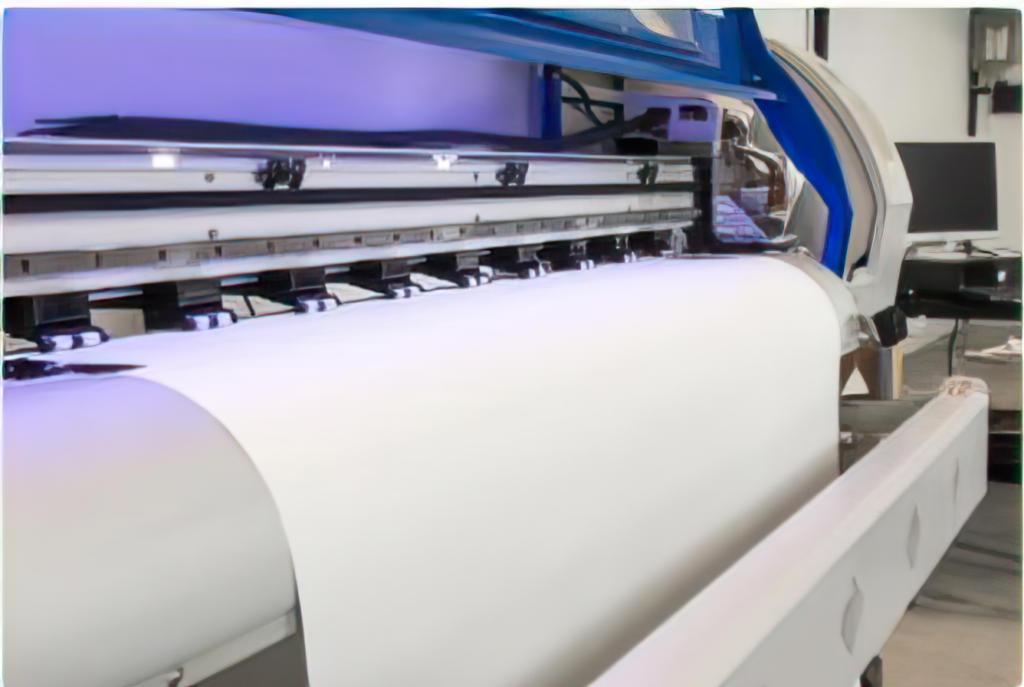Printing processes
Printing processes

Offset
Offset printing is an indirect printing system, since the image does not pass from the plate to the physical support directly, but must first pass from the plate to a rubber and finally from the rubber to the final support. Precisely thanks to the flexibility of this material, the ink will be able to impregnate surfaces with irregular textures, offering a higher quality.
Advantages of Offset printing:
- The reproduction of the image on paper is very true and accurate
- We can use offset printing on all types of paper and sizes, while other printing systems, such as digital printing, are limited to certain ranges of paper
- Offset printing is a very economical printing system for medium and large print runs
- It allows us to exercise an exhaustive control over the colour
- This printing system is compatible with other techniques and special inks, such as metallic or fluorescent inks, as well as the application of varnishes
- The quality and sharpness obtained is excellent

Flexography
Flexography is a fast, economical and quality process. UV technology makes it possible to obtain quality labels with short lead times and competitive prices.
The flexographic process is usually applied for printing self-adhesive labels on rolls, which can be printed on paper and plastics. Also, printing can be done in from 1 to 10 inks, including different types of finishes and printing technologies such as offset or screen printing.
This is a printing method in which flexible type plates are used. These plates are also commonly referred to as “plates” or “stencils”. The material used in their manufacture is usually a photopolymer or rubber.
As they are mainly made of one of these two materials, they have considerable flexibility, hence their name.
Flexography is one of the most versatile methods because the plates, due to being flexible, allow printing on different types of materials regardless of their shapes or compositions.

Silkscreen
Silkscreen printing is ideal for labels with intense colours and high intensity backgrounds. It is a technology that integrates perfectly with transparent materials.
The possibilities offered by silkscreen printing are practically unlimited and the colours and sheens are just a few examples.
Silkscreen printing is a technique used to print images on flat surfaces made of paper, metal, plastic, fabric or glass substrates. It consists of transferring ink (water-based, solvent-based or plastisol ink) directly onto an article through a mesh, with the exception of those parts that are deliberately waterproof, due to the application of an emulsion.

Digital
At IPE we have several machines, with different types of printing, to offer the most appropriate technology depending on the needs of your product.
Digital printing is ideal for short label runs, as it is possible to print just 1 label or 1,000 labels. It is therefore perfect for urgent or short production runs.
Advantages of digital printing:
- We can produce very short print runs: since we do not use plates, we can print from just a few copies.
- Speed:digital printing is the fastest way to print.
- Variety of supports:It allows us to print on paper, but also on other materials such as adhesives.
- Special effects:We can print with white ink, varnishes, make engravings, etc.
CONTACT US
- Carretera de Montcada, 661, 08227 Terrassa, Barcelona
- +34 937860647
- ipe@ipe-innovaciones.com
